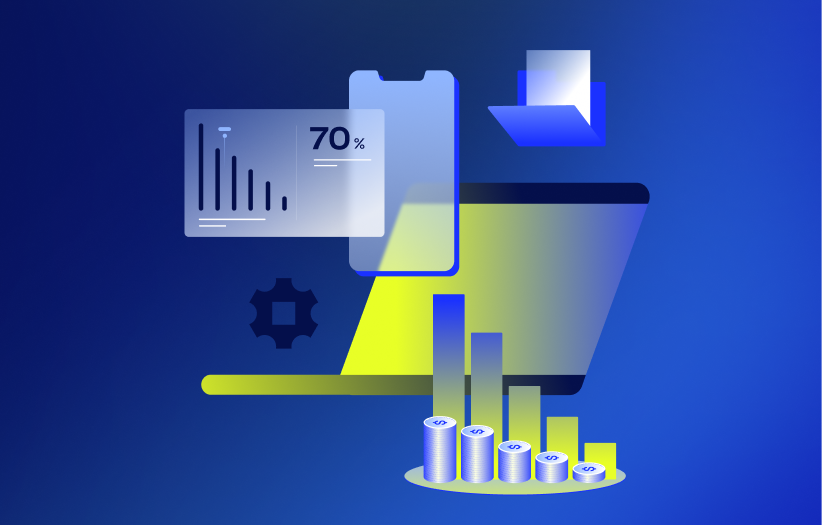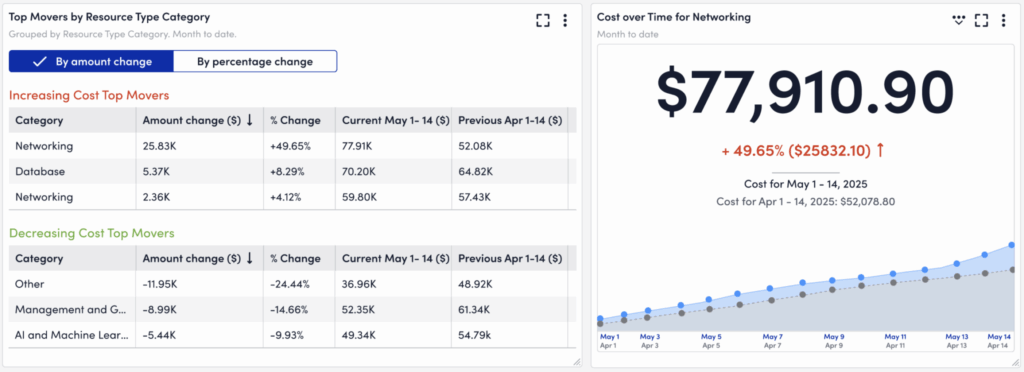Surprised By Your AWS ELB Bill? Here’s What Happened

LogicMonitor acquires Catchpoint, adding Internet and digital experience insight to LM Envision.

Proactively manage modern hybrid environments with predictive insights, intelligent automation, and full-stack observability.
Explore solutionsExplore our resource library for IT pros. Get expert guides, observability strategies, and real-world insights to power smarter, AI-driven operations.
Explore resourcesOur observability platform proactively delivers the insights and automation CIOs need to accelerate innovation.
About LogicMonitor
Get the latest blogs, whitepapers, eGuides, and more straight into your inbox.
Your video will begin shortly
On May 1st, AWS corrected a long-standing billing bug tied to Elastic Load Balancer (ELB) data transfers between Availability Zones (AZs) and regions. That fix triggered a noticeable increase in charges for many users, especially for those with high traffic volumes or distributed architectures. The problem wasn’t new usage; it was a silent correction to an old error.
ELBs are designed to distribute traffic across multiple AZs for high availability. For some time, AWS had been under-billing for data transfers across those zones due to a backend miscalculation. Once AWS patched the issue, affected traffic was billed at standard rates.
Here’s what teams started to notice:
Without active monitoring, these increases could’ve gone undetected until the invoice hit.

Organizations using LogicMonitor’s Cost Optimization product quickly saw the impact through the billing widget, which provides real-time visibility into cloud spend across AWS, Azure, and GCP. On May 1st, ELB costs jumped, and LM Envision’s Cost Optimization dashboard in various customer instances could spot the change.
Cost Optimization began showing noticeable increases. In several cases, including in our own LogicMonitor instance, customers reported sudden spikes in previously stable ELB charges, often tied directly to cross-AZ traffic.
This scenario was exactly the kind of scenario the LM Envision platform, paired with Cost Optimization, was designed to catch.
By surfacing changes in real time, whether caused by usage changes, misconfigurations, or (as in this case) vendor-side billing updates, LM Envision gives teams the chance to react before surprises escalate into budget risks..
In an age of dynamic cloud pricing, unexpected billing changes can derail budgets and force last-minute cost corrections. Even minor billing corrections—like this ELB update—can have ripple effects across environments with high traffic or multi-region architectures.
LogicMonitor helps ITOps teams with FinOps responsibilities:
If you’ve seen a sudden spike in your ELB charges this month, take a closer look at:
And if you’re not yet using LogicMonitor to monitor cloud costs and resource changes, now’s the time to see what unified observability can help unlock. When every cloud dollar counts, you need more than reports. You need real-time insight.
© LogicMonitor 2025 | All rights reserved. | All trademarks, trade names, service marks, and logos referenced herein belong to their respective companies.
